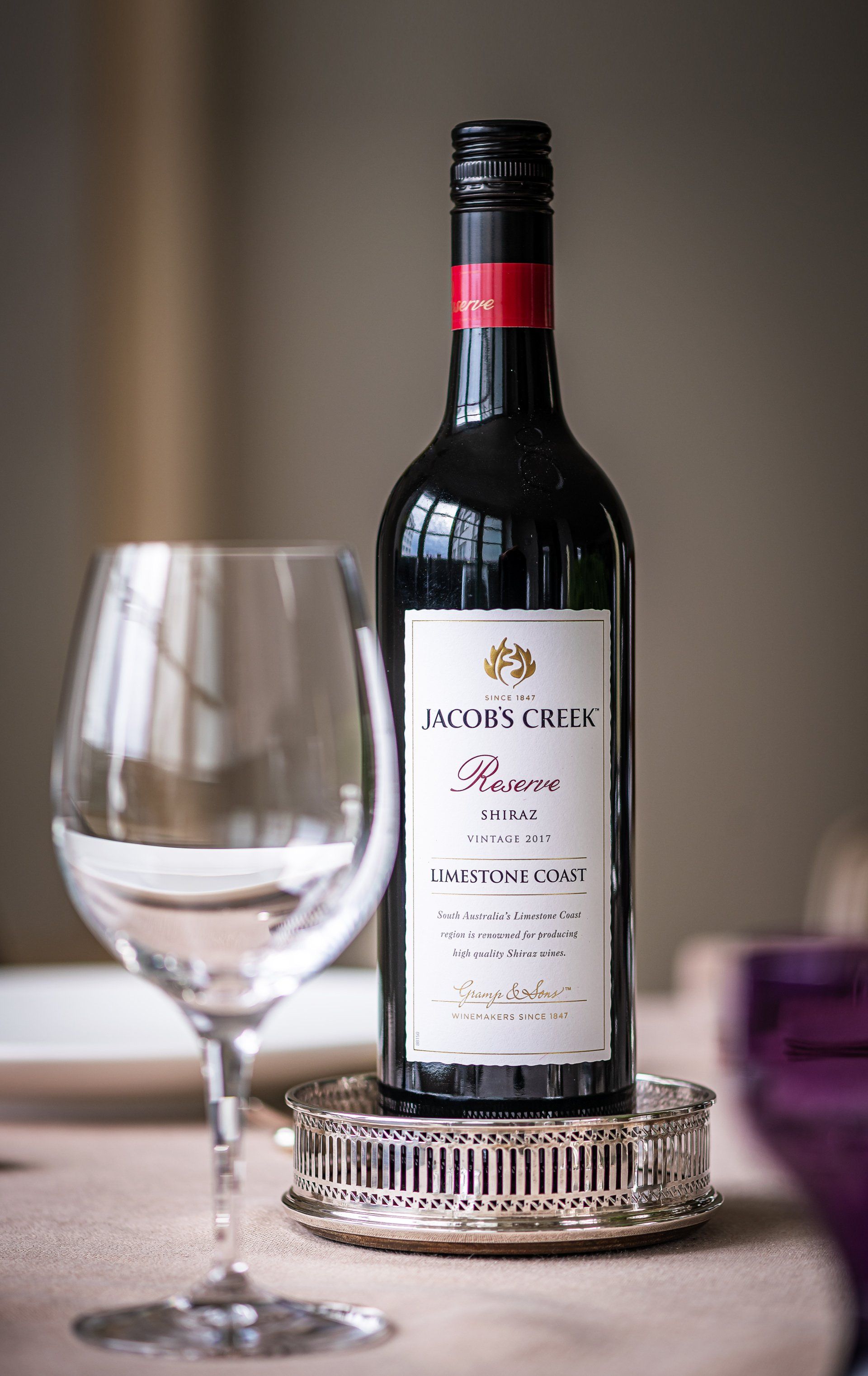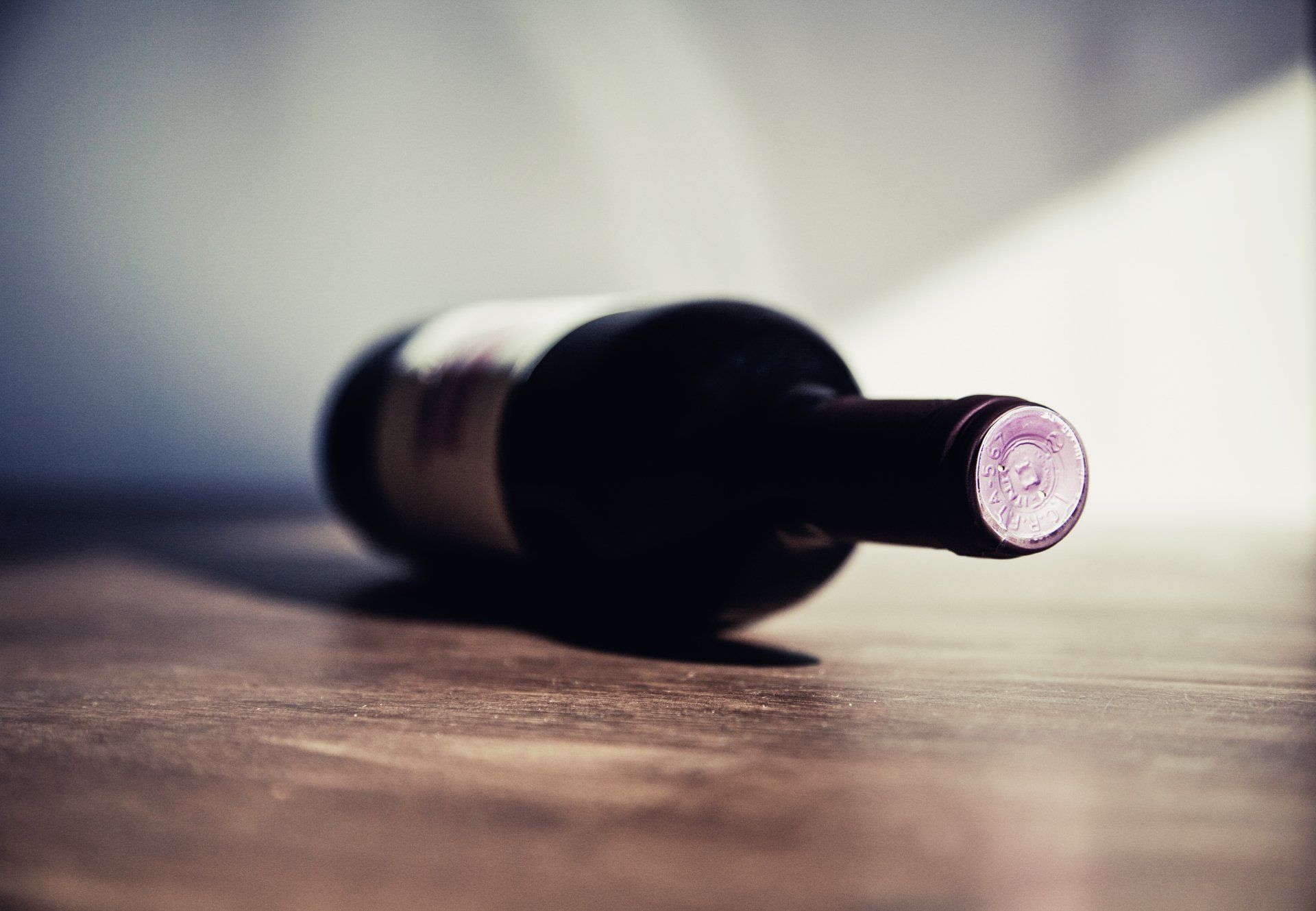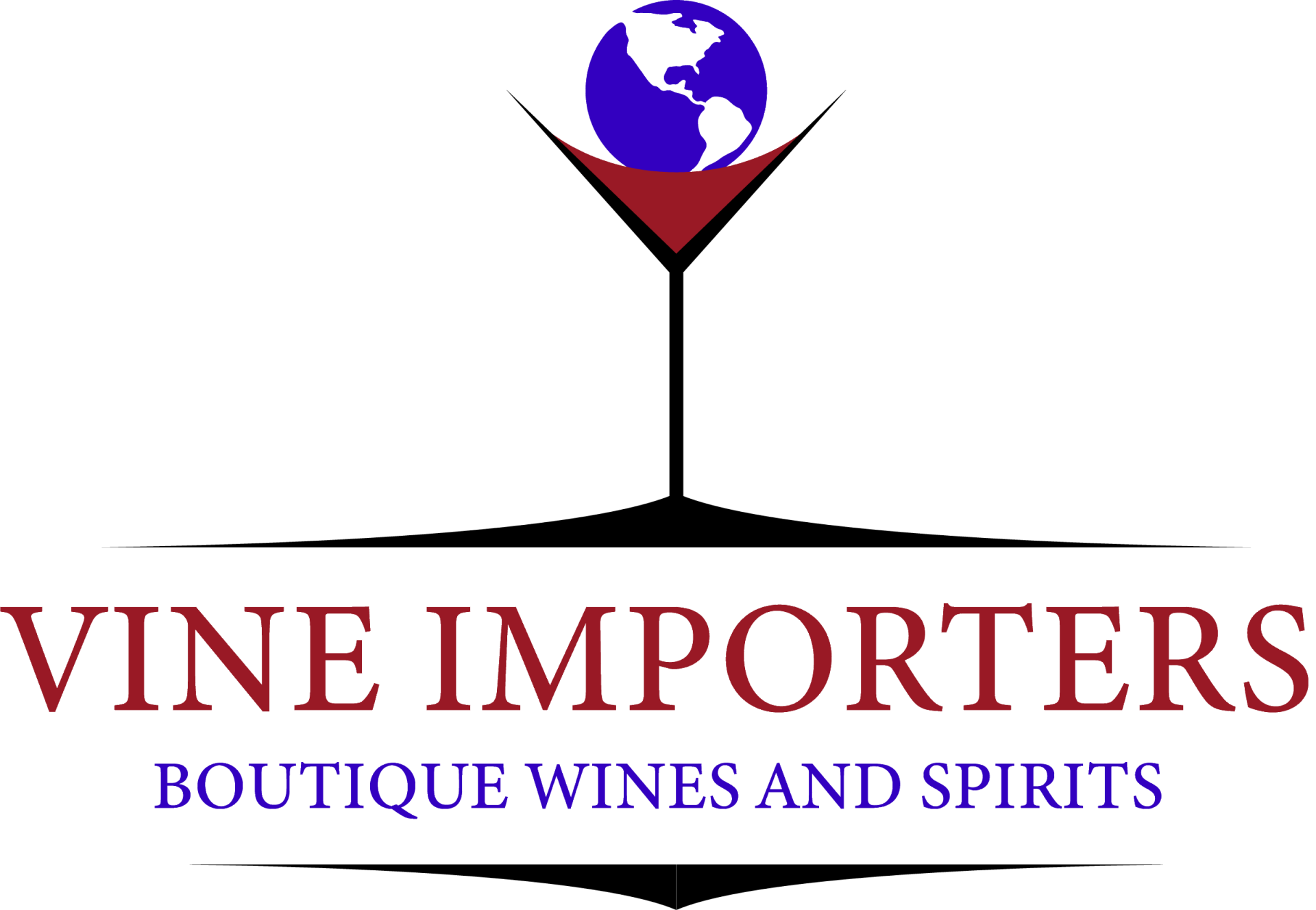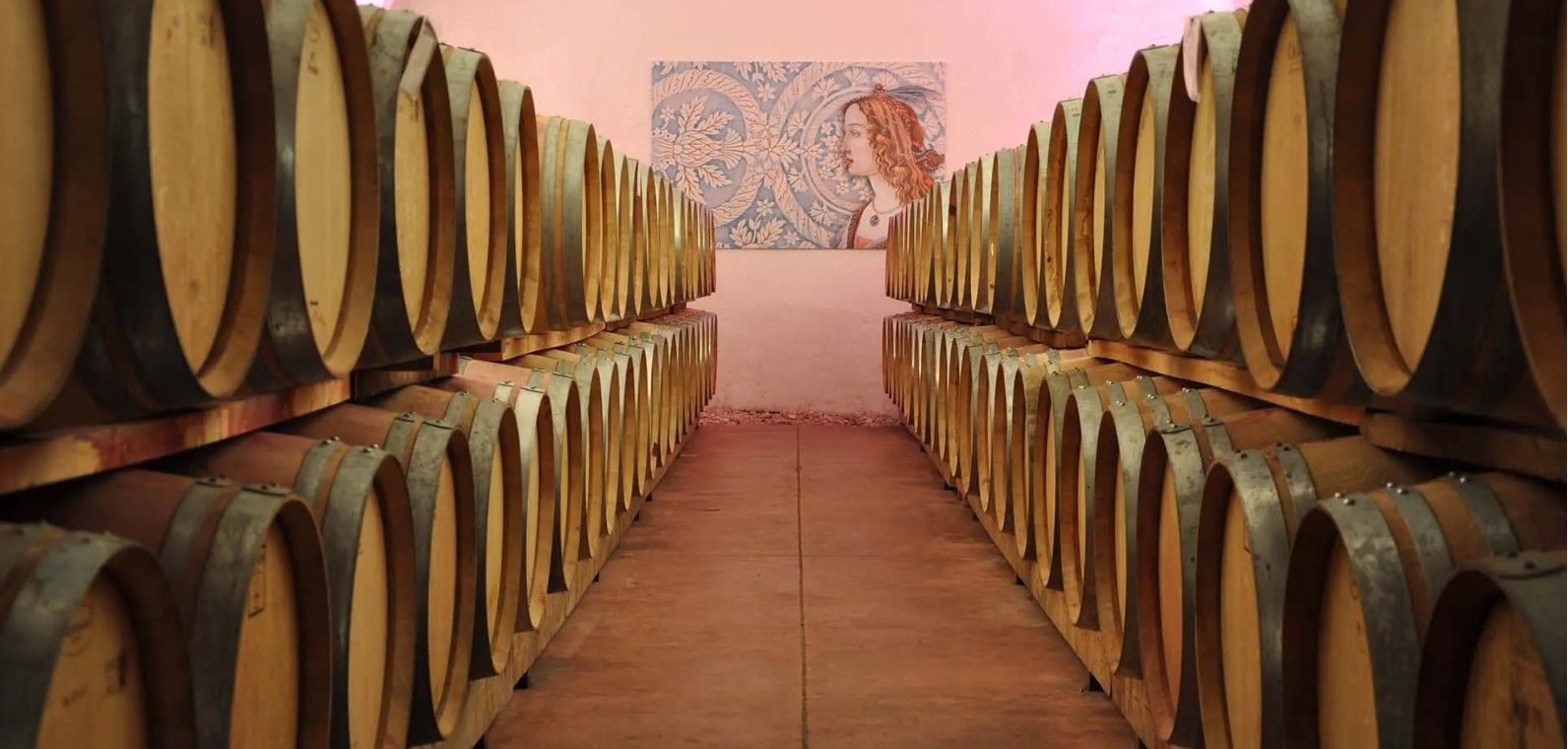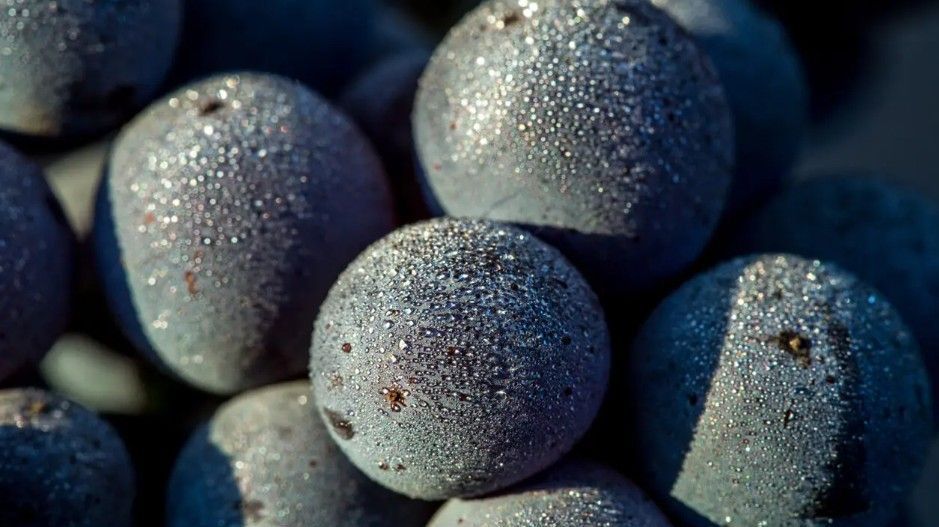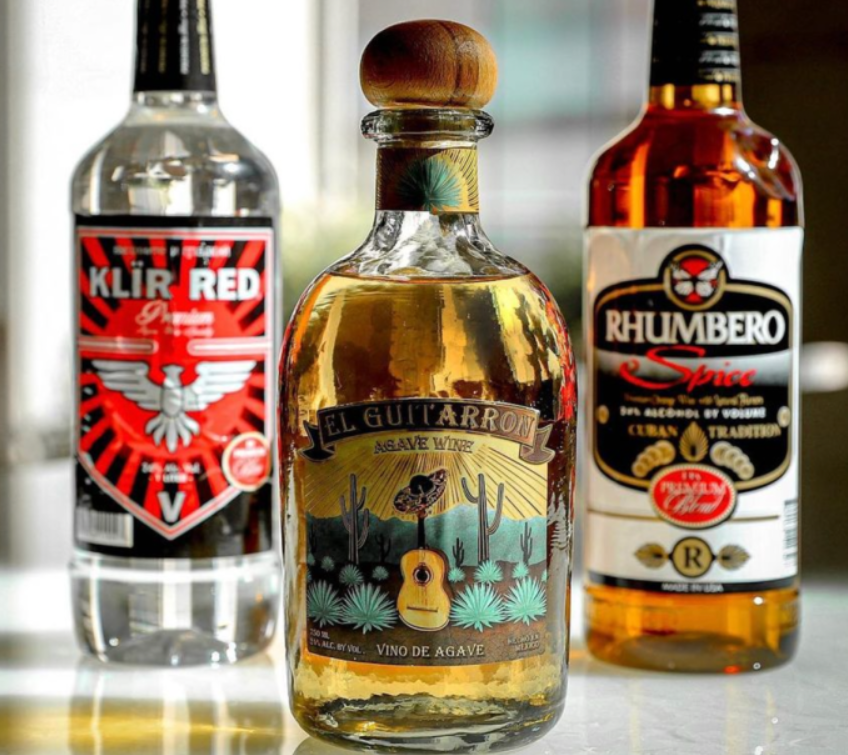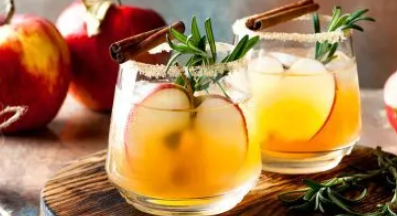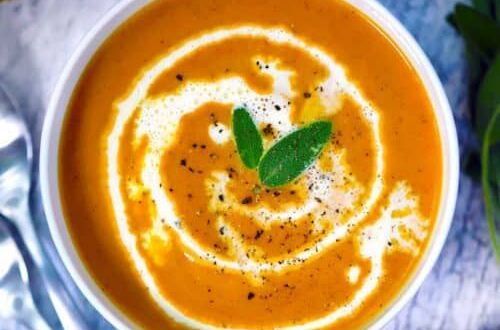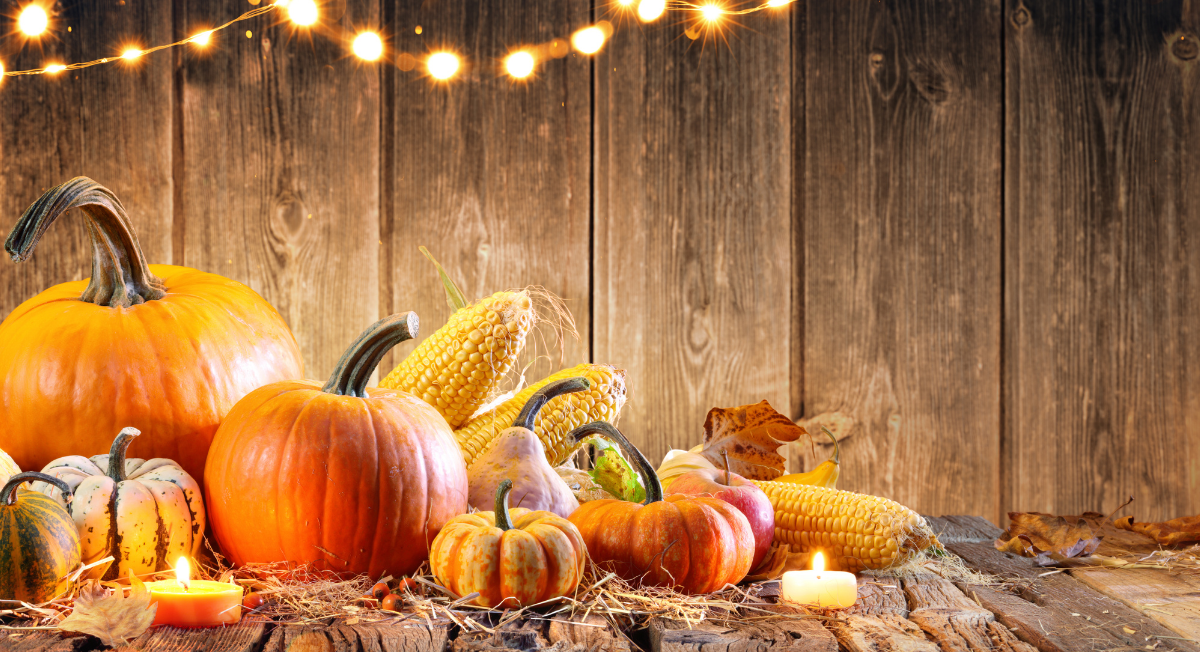A Ph.D. in Sensory Science Explains How to Improve Your Tasting Abilities
A Ph.D. in Sensory Science Explains How to Improve Your Tasting Abilities
Article written by Monica Cardoza for Wine Enthusiast

Wine tasting is a sensory experience. You hear the pop of a cork, see the color and viscosity in the glass and feel the sensation of the liquid in your mouth. But arguably the most important senses are taste and smell. These senses vary from person to person, with some people identifying as super-tasters.
Once we understand our ability to taste and hone in on our sense of smell, it can create a platform to take tasting to a new level.
How to know if you are a super-taster
When it comes to how we taste, around 45-50% of people fall into the category of “average” taster—someone who senses the flavors of bitter, sweet, salty, sour and umami but isn’t overwhelmed or underwhelmed by them, according to the Harvard School of Public Health. But 25–30% of the population are non-tasters, those who taste very little extreme flavors, and the remaining 25–30% are what is deemed as a super-taster, those who are extremely sensitive to strong flavors. This is especially true when it comes to tasting bitterness in foods and drinks.
Your sense of taste is something that is passed down through genetics. When it comes to super-tasters, their taste receptor gene (TAS2R38), which increases bitterness perception, is extra sensitive, explains Beverly Tepper, Ph.D. a professor of sensory science at Rutgers University. Additionally, super-tasters can be genetically predisposed to have more taste buds than average and non-tasters. These taste buds provide additional receptors for pain and irritation, which is why super-tasters tend to dislike spicy and astringent food and drinks.
One of the easiest ways to determine taster status is with a PROP test—a strip of paper containing a compound that, when placed on the tongue, can taste bland (non-taster), bitter (medium-taster or average) or extremely bitter (super-taster). You can easily find these strips online for a safe, at-home test.
Beyond her expertise in sensory science, Tepper happens to also be a vineyard owner and a super-taster. For a wine lover, being a super-taster can make tasting a radically unique experience.
Tepper uses her super-taster status to help her partner, Mark Pausch, create wines on their eight-acre vineyard in Allentown, New Jersey. “He’s the viticulturist and the winemaker,” she says. “He depends on me for the sensory part.”
This is because Pausch happens to be a non-taster. “He’s not sensitive to bitter or astringency,” Tepper says. “I can taste something that we’ve made and say, ‘Oh, this is pretty bitter,’ or ‘this is pretty astringent.’ So we kind of move to the middle when we’re trying to finish our wines.”
Well before they started making wine together, the pair recognized differences in their food and drink preferences. A PROP test confirmed their taster status. “He likes bitter things like Guinness beer and broccoli rabe, and hot condiments like wasabi,” she says. “I can pass on any of those items.”
The connection between taste and smell
Tepper admits that flavor isn’t all about taste. “When I talk to my classes about what is flavor, I say it’s about 90% aroma, about 5% basic tastes and about 5% trigeminal sensations.” Trigeminal sensations refer to the feelings foods give you, like a cooling sensation from menthol or the feeling associated with red wine’s astringency.
We smell wine via our noses in a process called orthonasal olfaction. What is less well-known is that we also experience wine aroma from inside our mouths, which is referred to as retronasal olfaction.
“When we take something into our mouths, and we’re manipulating it and swallowing it, those aroma compounds are making their way up through our nasal passages to the olfactory or smell area,” says Tepper, who last year created the grape and wine science certificate program for Rutgers, a four-week program that touches on sensory perception.
That’s why some experts believe your ability to smell may be more important than taste. “Having a more accurate sense of our olfaction will help you improve your ability to discern the nuances of wine,” says Isabelle Lesschaeve, Ph.D., an Atlanta-based wine sensory expert and founder of InnoVinum Academy, an online platform for wine drinkers to improve their tasting skills through sensory education.
We smell through our noses, but we also smell via our mouths. Some wine aromas get released when they activate with saliva, while others are only released after you swallow. These are different aromas from the ones you smell via your nose. Understanding how to differentiate these aromas can help you improve your sense of smell, she says.
How a super-taster tastes wine
Because of the sensitivity to tannins, someone who is a super-taster may have specific wines they gravitate toward. “If you’re a super-taster, you may experience a red wine as being more sour, bitter and astringent,” says Tepper.
She suggests super-tasters may prefer a Cabernet Sauvignon or Syrah allowed to age, which breaks down the tannins and decreases astringency and bitterness. They may also like young, light and fruity reds, such as Dolcetto and Beaujolais, because of their low tannin qualities. Or white wines with sweeter or fruitier flavors such as Riesling and Gewurztraminer can be good choices because of their low levels or lack of tannin.
In comparison, non-tasters may prefer high-tannin wines, like a young Cabernet Sauvignon, Syrah or Barolo, as they taste much of the flavor, but not all of the bitterness.
That said, the likes and dislikes of a super-taster and non-taster aren’t black and white. Other factors influence preferences, such as age, culture and familiarity with specific wine styles. “I like to think of our taste genetics as the foundation or scaffolding on which preferences are built,” says Tepper. “They are malleable, within limits and beverages that perhaps a super-taster rejected when they were young may not reflect how he or she responds now. Just being willing to try a wine several times may be enough for some people to develop a preference.”
How you improve your wine tasting through senses
Because taste and smell play a large part in wine tasting, it’s important to make the most of both. You can practice capturing wine aroma in the mouth by pinching the nose while sipping some wine. You’ll perceive flavors (bitter, sweet, salty, acidic and umami), but no aroma until you release your nose and inhale. “The volatile compounds will reach the olfactory receptors, and that’s how you perceive the mouth aroma,” says Lesschaeve. “It’s an ‘aha’ moment.” She notes that with practice, you can develop the skills to describe aromas and flavors better.
Lesschaeve teaches students how to describe wine aromas using the Wine Aroma Wheel. Created by Ann Noble, Ph.D., who handed the business to Lesschaeve in 2019, the wheel is a handheld circular disc printed with common wine aroma terms. It starts with a category, then narrows it down to two subcategories. For example, a fruity aroma may contain citrus aromas that can be described more specifically as pineapple.
She recommends practicing by smelling what you have access to, such as the spices in your cabinet. “Be mindful in your day-to-day about what you smell and try to identify the aromas around you. By repeated exposure and memorization, then when you have a glass of wine, those words will come to you.”
Though taste is a relatively small portion of wine tasting, knowing your taster status can also help you understand why you’re drawn to certain wines. From there, you can experiment with others outside your comfort zone. By working on your sense of smell, you can actually improve your overall ability to taste whether you’re a super-taster, average taster or non-taster.
Thanks to Monica, for this excellent article!
